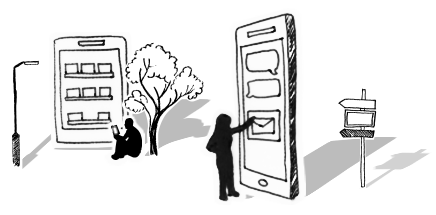




The Importance of Integrated Project Planning
There are many contributing factors which determine project success, but in large programmes an easily-followed, robustly-integrated planning process is a must.
In complex programmes, often including a mix of Agile- and Waterfall-based methodology, projects can often become disconnected, losing that vital interface which allows programme leadership to allocate resources efficiently and pro-actively.
Frequently, although we set up governance and reporting structures based on an integrated model, we are surprised to find planning happening in silos as we enter project execution.
Why does this happen?
Well, as workloads mount, deadlines approach and individual project teams start to take the strain, an integrated, wider point of view can take a back seat and tunnel vision can start to emerge – ‘as long as we hit OUR project’s deliverables it will all work out!’
We recognise the temptation, particularly in high pressured IT projects, for this kind of deliverables-focus to increase whilst the focus on user experience starts to diminish. This is where planning can provide the stitching that holds project deliverables together with good change management to provide well coordinated, structured change.
Structured change can only happen when the programme continues to function as one unit and keeps the focus on integrated benefits and user experience. The change hitting the operational front line has to remain coordinated, consistent and on message, if it’s going to stick.
But what does this mean practically?
This means laying the groundwork early, through integrated project planning, to hold lines of communication open during the heat of project execution (particularly relevant for Agile projects where we know we need to be even more proactive with communications and engagement).
Structured change starts with having clear sight of the programme-wide critical path and resource availability by tracking dependencies between projects and forming an aggregated view of your deliverables. Completing this work upfront will provide the project infrastructure to allow blockages or slippage in one project area to be identified across the programme enabling corrective action to be taken, which protects benefits and best utilises programme wide resource.
Integrated planning leads to sustainable outcomes
Whether your project is being run in an Agile or Waterfall way, there are clear steps you can take at the outset to give yourself the best chance of realising benefits and creating long term change:
- Define the programme structure (from project deliverables up to programme outcomes) and identify/define cross-project interfaces early.
- From here you can identify your stakeholders across the programme, build alignment within the stakeholder community, start to foster buy-in, and, crucially, work out how you are going to collaborate with key people.
- Once you’ve outlined the above you can detail the protocols for accountability, essential in order to foster trust amongst your stakeholders, and to keep the programme from stalling.
At Afiniti, we regularly work with clients, building their change management capability and advising on project and programme management. If this is a topic you’ve been thinking about recently and you’d like some advice on setting your projects up for success, get in touch and we would be happy to discuss this further.
To get the latest change tips, advice and guidance directly to your inbox, sign up to our monthly Business Change Digest.
